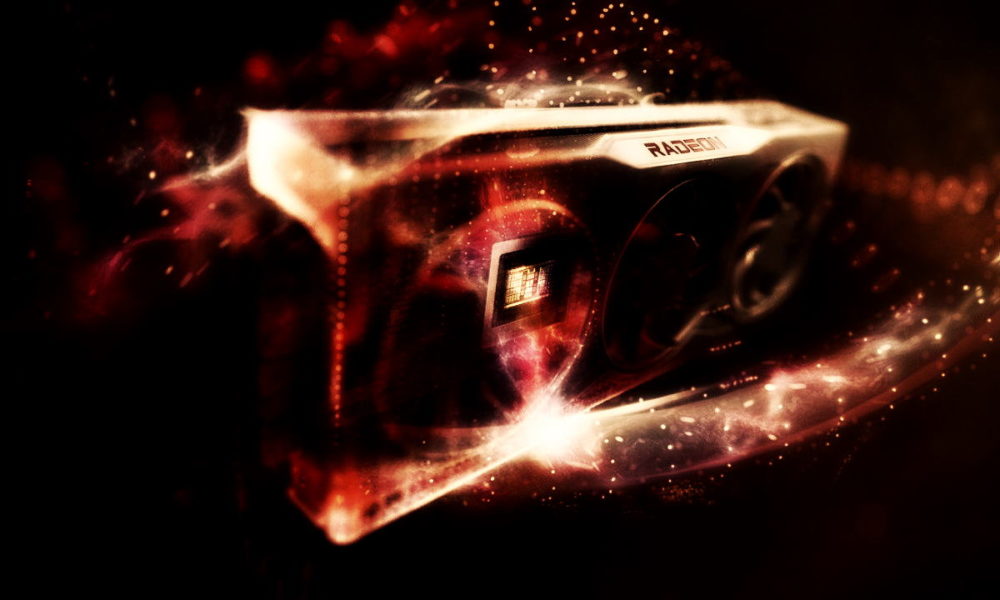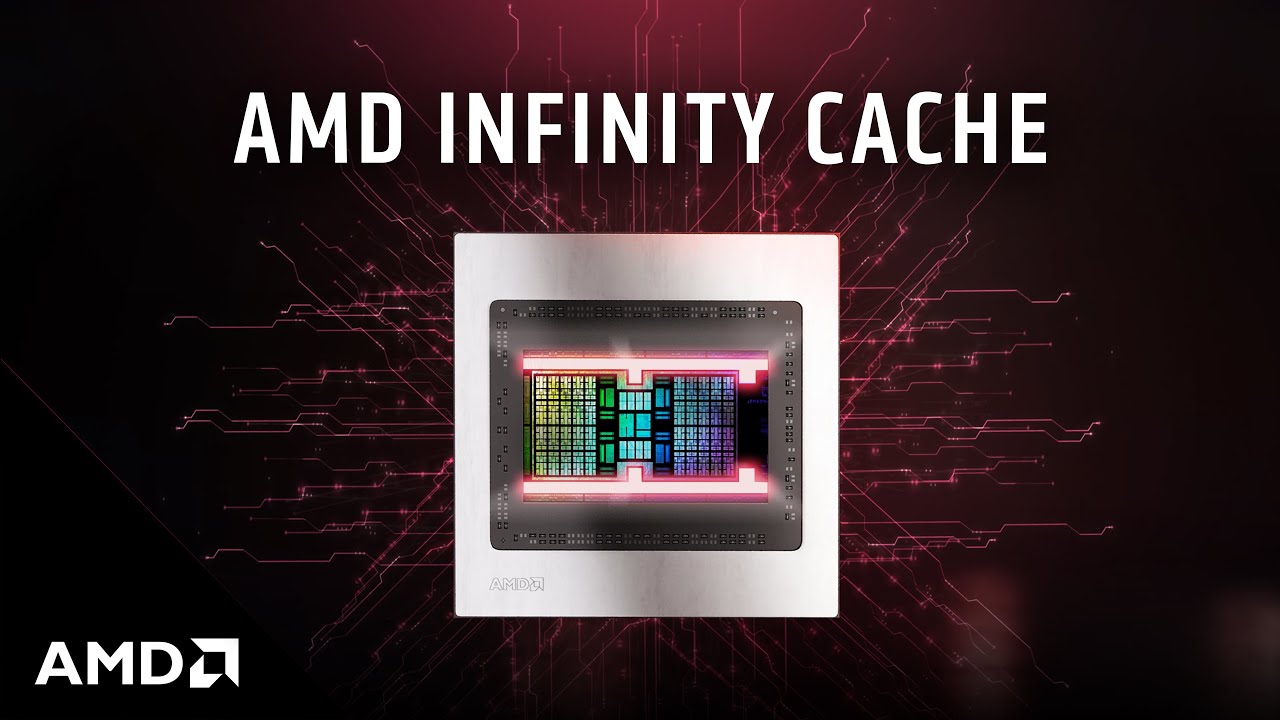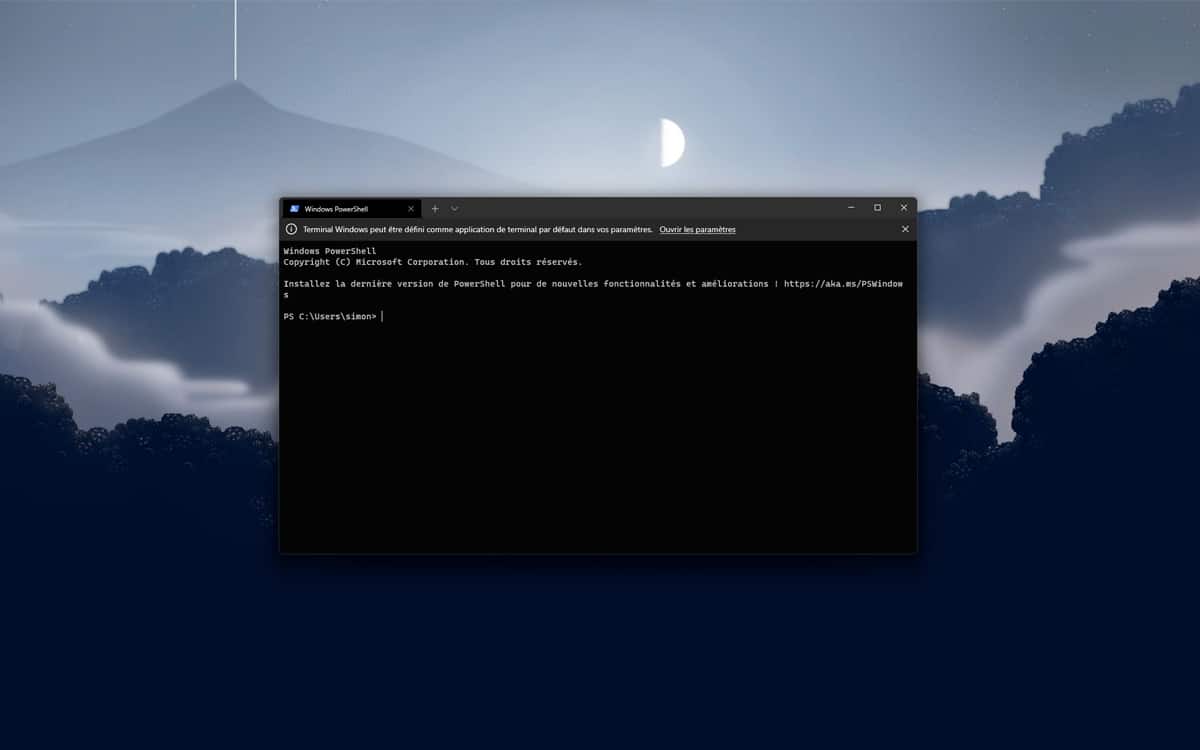
A few months ago we saw some information focused on the Radeon RX 7600 XT and Radeon RX 7700 XT that was, in general, very interesting, not only because it specified the possible key characteristics of these two new graphics cards, but also because it pointed again to the fact that AMD was going to use two different designs, one monolithic core for the Radeon RX 7600 XT and below, and one MCM (multi-chip module) type for the Radeon RX 7700 XT and above.
Since then, we have continued to see leaks and rumors that maintained that base, that of a dual design depending on the range of each graphics card (monolithic core in mid-range and low-end, and MCM in mid-high-end and high-end). Several sources also appeared that assured that, with the RDNA3 architecture, which will be the basis of the new Radeon RX 7000, AMD was going to make a significant leap in terms of performance, and also efficiency, by betting on 5nm nodes and 6nm from TSMC.
The most powerful graphics cards of that new generation will be manufactured on TSMC’s 5nm node, but the cache blocks will be manufactured on the 6nm node. This means that GPUs will use a slightly more advanced node than the infinite cache system.
And speaking of infinite cache, this system will once again play a key role in improving the performance of AMD’s new graphics generation, since according to various sources, the Radeon RX 7000 they could have up to 512 MB. For comparison purposes, I remind you that the Radeon RX 6900 XT has 128 MB. Thanks to this new system of infinite cache of higher capacity, and other important changes at the architecture level, the Radeon RX 7000 will greatly exceed the performance of the Radeon RX 6000.
The first navi3 will start with it, as I said earlier, 33>6900XT, so it will be interesting to compare it to 6950XT. https://t.co/puSWJS88De
— Greymon55 (@greymon55) February 5, 2022
When a top of the range becomes mid-range: The Radeon RX 7600 XT would outperform the Radeon RX 6900 XT
That is the most interesting information that a fairly reliable source has left us. This source has accumulated enough successes in the world, and therefore deserves a minimum of credibility. In theory, the Radeon RX 7600 XT will use a monolithic core design, which means that it will be manufactured on the 6nm node, and that it could have up to 5,120 shaderss, the same amount that the Radeon RX 6900 XT has.
The Radeon RX 7600 XT will use a higher architecture, and will have a lower memory bus (128 bit vs. 256 bit of the Radeon RX 6900 XT). However, you could compensate for that memory bus reduction with a larger amount of infinite cache. The first information indicated that it could triple the infinite cache of the Radeon RX 6900 XT. With this in mind, it’s easy to understand why we say the Radeon RX 7600 XT could easily outperform it.
Right now, and with the information I have, there is nothing that makes me doubt of the possibility of the Radeon RX 7600 XT outperforming the Radeon RX 6900 XT, mainly due to the impact that the enormous amounts of infinite cache that AMD would supposedly mount in the entire generation of Radeon RX 7000 graphics cards could have on performance However, we are talking about a possibility, and not something confirmed, so keep that in mind.
If these forecasts come true, it is obvious that the Radeon RX 7600 XT could become one of the best mid-range graphics cards of the moment. However, it will be necessary to see if AMD manages to get its act together in two keys that are increasingly important, ray tracing performance and intelligent image reconstruction.
Personally, I think an MCM type design could solve the space problem at the package level that AMD had to face with the RDNA2 architecture when introducing the infinite cache, but if a huge increase in infinite cache is confirmed in the RDNA3 architecture, I don’t know how much AMD can improve the ray tracing performance issue. It is also not clear to me that it will be able to introduce specialized kernels for AI applied to image rescaling and reconstruction. With this I do not mean that it is impossible, they could attach dedicated chips to the MCM design, but it would be especially complex.




